How to sell bitcoin
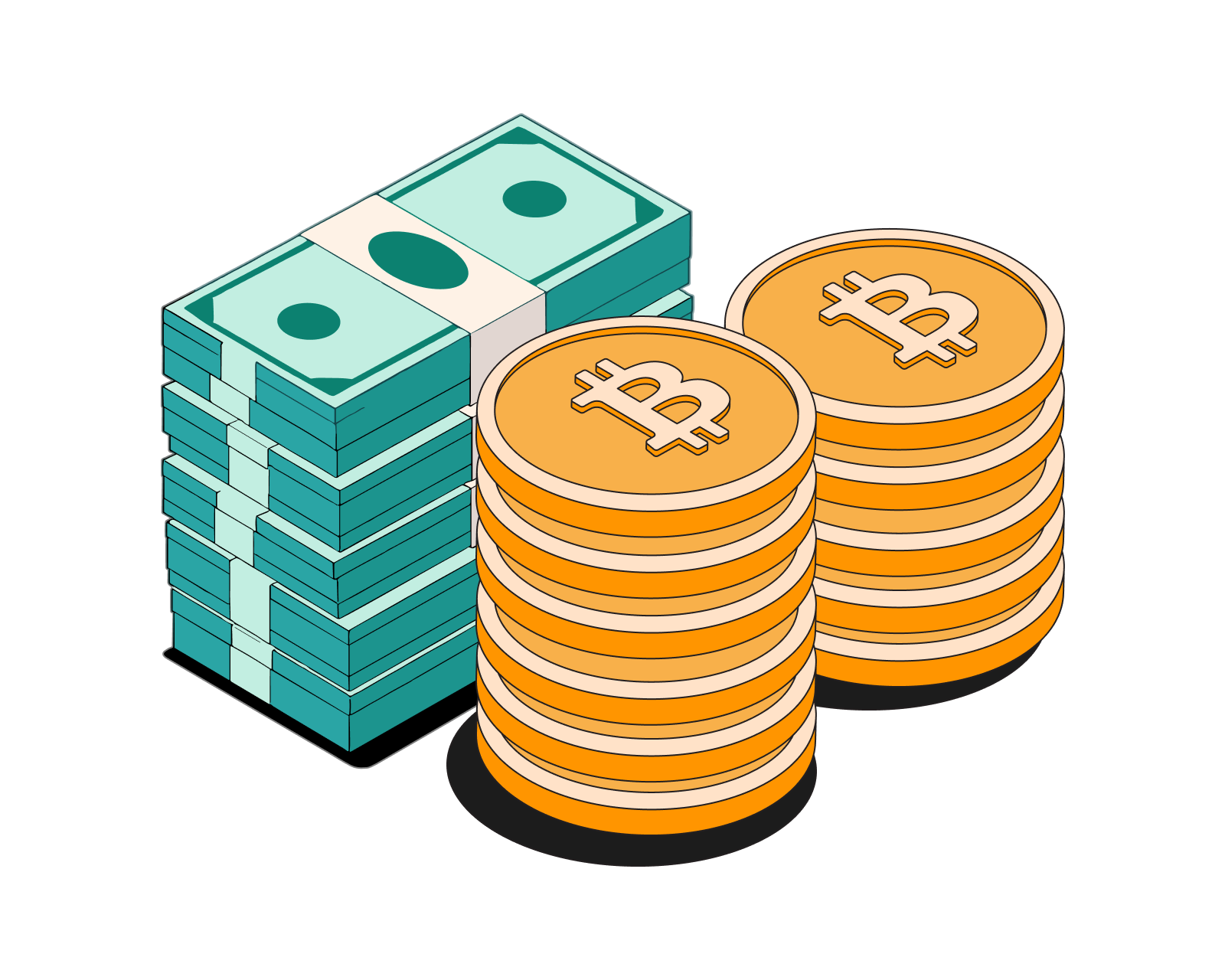
1. Download the Bitcoin.com Wallet app.
2. Import your bitcoin and connect your bank account.
3. Tap the sell button and follow the instructions.
Table of Contents
Method 1: Bitcoin Wallet Apps
Bitcoin Wallet apps are digital platforms that store, manage, and allow the selling of Bitcoin directly to fiat currency within the app itself.
Pros:
- User-friendly and convenient.
- Full control over funds.
Cons:
- Often lack advanced trading features.
Steps to Sell:
- Open the wallet app and, after importing your Bitcoin, select the 'sell' option.
- Choose the amount of Bitcoin to sell.
- Confirm the transaction and transfer funds to your linked bank account.
Sell bitcoin in minutes with the self-custodial Bitcoin.com Wallet app
Method 2: Bitcoin Exchange Services
These are streamlined platforms that facilitate the simple swaps of Bitcoin for other assets. The process typically involves sending Bitcoin to a specified address, then receiving fiat in your bank account.
Pros:
- User-friendly and convenient.
- Full control over funds.
Cons:
- Often lack advanced trading features.
Steps to Sell:
With this method, you'll need to create an account, verify your identity and connect your bank account, then send the bitcoin (BTC) you'd like to sell to a specified Bitcoin address. After the sale is processed, you'll receive cash in your bank account. Here's how it works:
- Visit our official Sell Bitcoin page.
- Select bitcoin (BTC).
- Choose the currency you'd like to receive and enter the amount (either in local currency terms or bitcoin terms).
- Carefully review the order, then add your wallet address and click Continue The wallet address you provide will be used as the return address in the (very unlikely) event the transaction doesn't go through.
- Complete the sale process by entering your bank details and sending your bitcoin to the address we provide.
Note: It typically takes between 1-3 working days to receive the funds in your bank account.
Method 3: Centralized Exchanges (CEXs)
These are online marketplaces where users can trade Bitcoin for other cryptocurrencies or fiat currency, typically offering high liquidity and advanced trading features.
Pros:
- High liquidity, facilitating efficient market rate sales.
- Advanced trading features and analytics tools.
Cons:
- Users don’t control private keys.
- Potential security risks from hacks and failures.
Steps to Sell:
- Register and verify identity on an exchange.
- Deposit Bitcoin into the exchange wallet.
- Sell Bitcoin for the desired currency.
- Withdraw the funds to your bank account.
See our Bitcoin exchange directory for a curated list of Bitcoin exchanges.
Method 4: Bitcoin ATMs
These are physical kiosks where individuals can sell Bitcoin in exchange for cash, offering a quick and straightforward way to convert Bitcoin to fiat currency.
Pros:
- Quick and convenient for small transactions.
- No need for an online account or wallet app.
Cons:
- Typically higher transaction fees.
- May require identity verification for larger amounts.
Steps to Sell:
- Locate a nearby Bitcoin ATM.
- Verify identity if required.
- Send Bitcoin to the ATM’s address and receive cash.
Use our Bitcoin ATM locator to find a Bitcoin ATM near you.
Method 5: Peer-to-Peer (P2P) Trading
This method involves direct transactions between individuals, bypassing traditional exchanges, and allows for a variety of payment methods, often with an emphasis on privacy.
Pros:
- More privacy, often with no need for ID verification.
- Flexible payment methods including cash, bank transfer, and more.
Cons:
- Higher risk of scams and fraud.
- P2P trading may require adherence to money transmitter laws in some jurisdictions.
- Price volatility can affect the transaction.
Steps to Sell:
- List Bitcoin for sale or browse buyer listings on a P2P platform.
- Agree on a price and payment method with the buyer.
- Transfer Bitcoin to escrow until payment is confirmed.
Bitcoin.com's recommended platform for trading Bitcoin P2P is Peach Bitcoin
Method 6: Using a brokerage
In the context of cryptocurrency, a brokerage is a platform that allows individuals to buy and sell BTC* alongside other financial assets. These platforms act as intermediaries between buyers and sellers, offering a diverse range of services that extend well beyond the crypto realm, including access to stocks, commodities, and more.
Why do I need to verify my identity to sell bitcoin?
When you sell bitcoin through an exchange service, you are interacting with a regulated business. Such businesses must comply with Know Your Customer (KYC) and Anti-Money Laundering (AML) regulations. These regulations require the collection and storage of customer information, including identity documents and sometimes proof of address. These regulations are in place to prevent tax evasion and the financing of terrorism.
What are the fees for selling bitcoin?
Fees for selling bitcoin depend on the payment method and platform/venue used. For example, if you're selling directly to a friend and settling in cash, you'll only need to consider the 'network fee' for sending the bitcoin from your digital wallet to your friend's digital wallet.
Read more: How to send bitcoin.
If you're receiving cash via bank transfer, you'll of course need to factor in the associated fees.
Exchange services also charge fees for facilitating trades. These fees cover the exchanges' operating costs plus a small margin.
Read more: How bitcoin exchange works.
Related guides
Start from here →
How do I receive bitcoin?
To receive bitcoin, simply provide the sender with your Bitcoin address, which you can find in your Bitcoin wallet. Read this article for more details.
Read this article →
How do I receive bitcoin?
To receive bitcoin, simply provide the sender with your Bitcoin address, which you can find in your Bitcoin wallet. Read this article for more details.
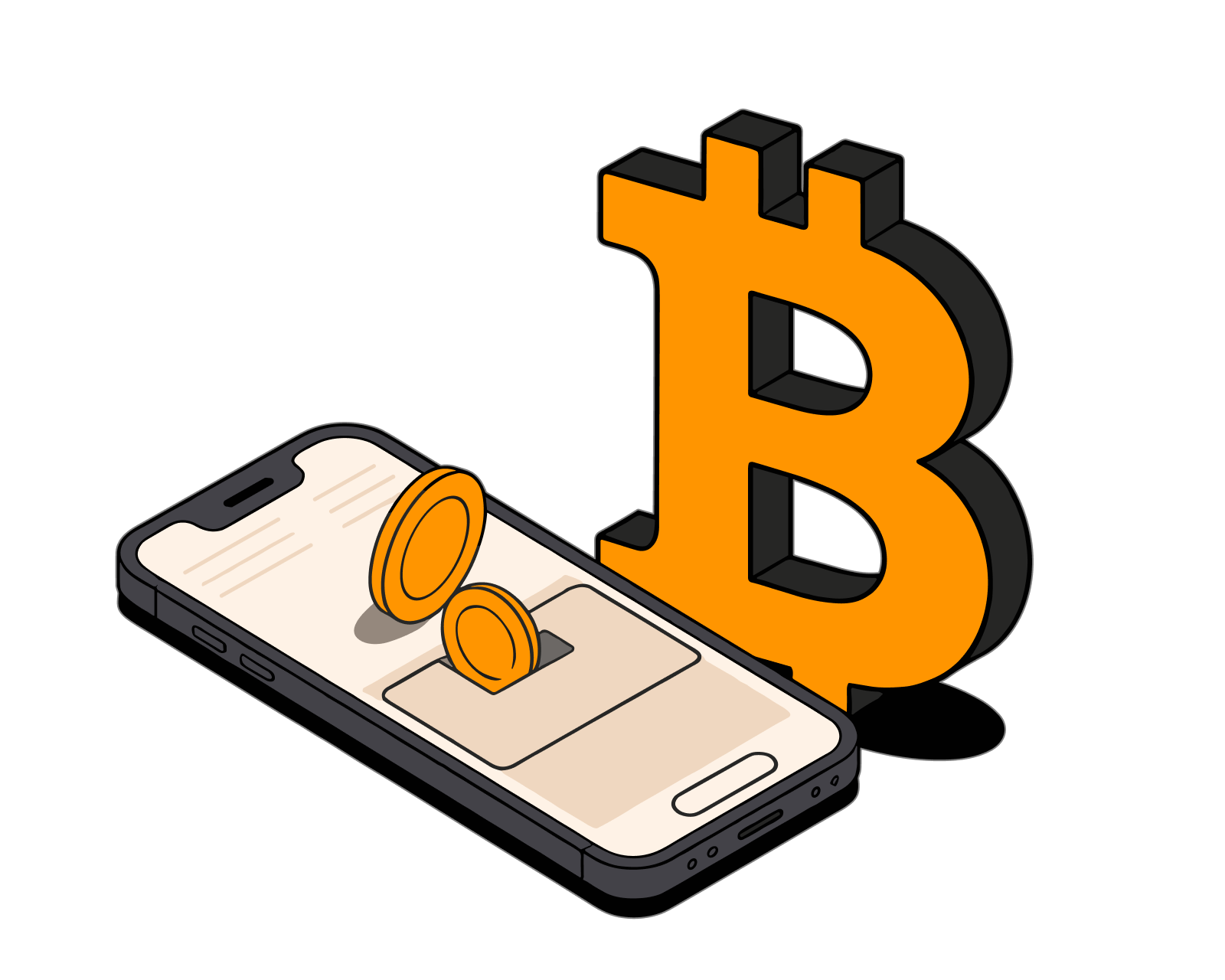
How do I buy Bitcoin?
A beginner-friendly guide to buying Bitcoin step by step, with simple explanations and common options.
Read this article →
How do I buy Bitcoin?
A beginner-friendly guide to buying Bitcoin step by step, with simple explanations and common options.
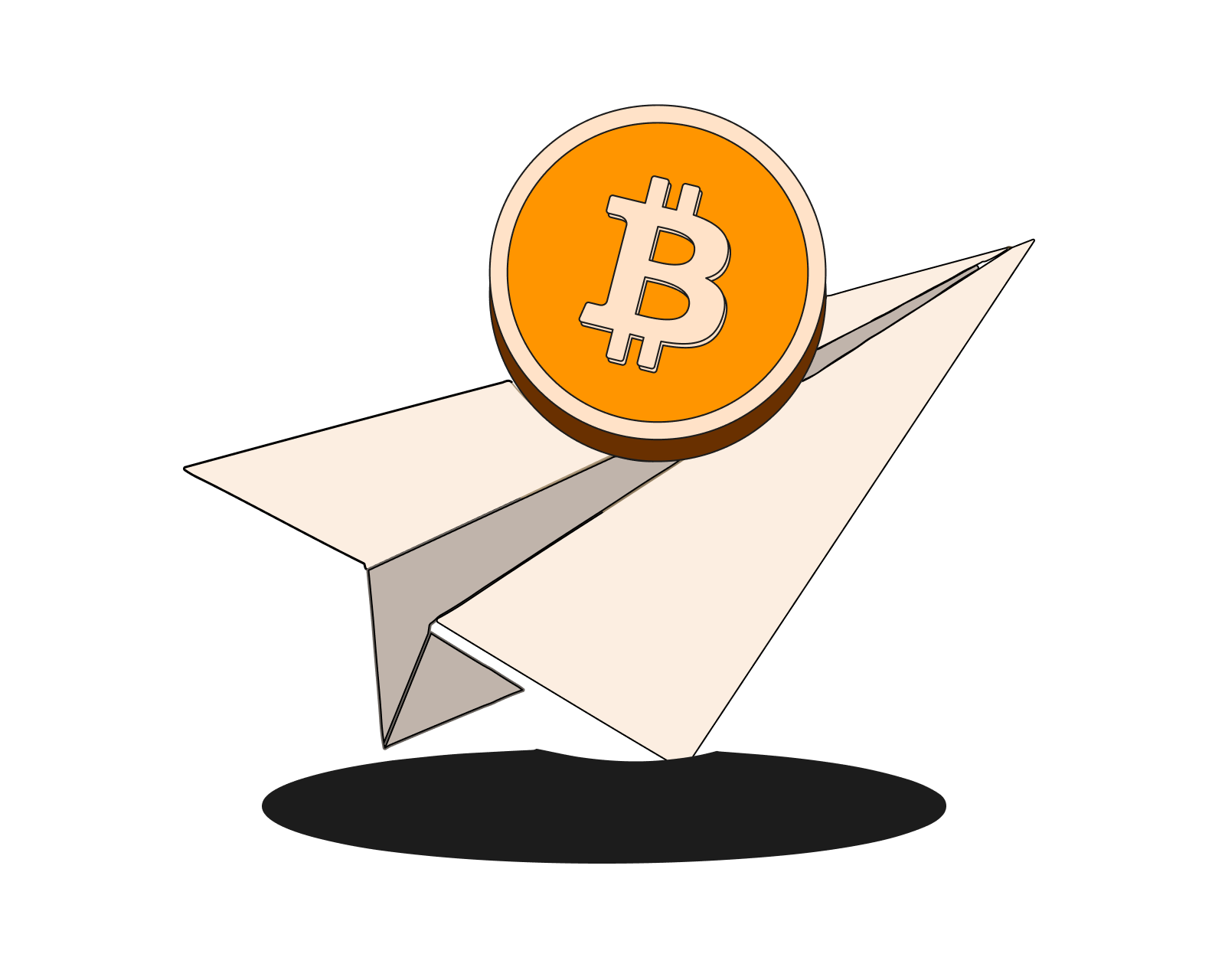
How do I send bitcoin?
Sending bitcoin is as easy as choosing the amount to send and deciding where it goes. Read the article for more details.
Read this article →
How do I send bitcoin?
Sending bitcoin is as easy as choosing the amount to send and deciding where it goes. Read the article for more details.
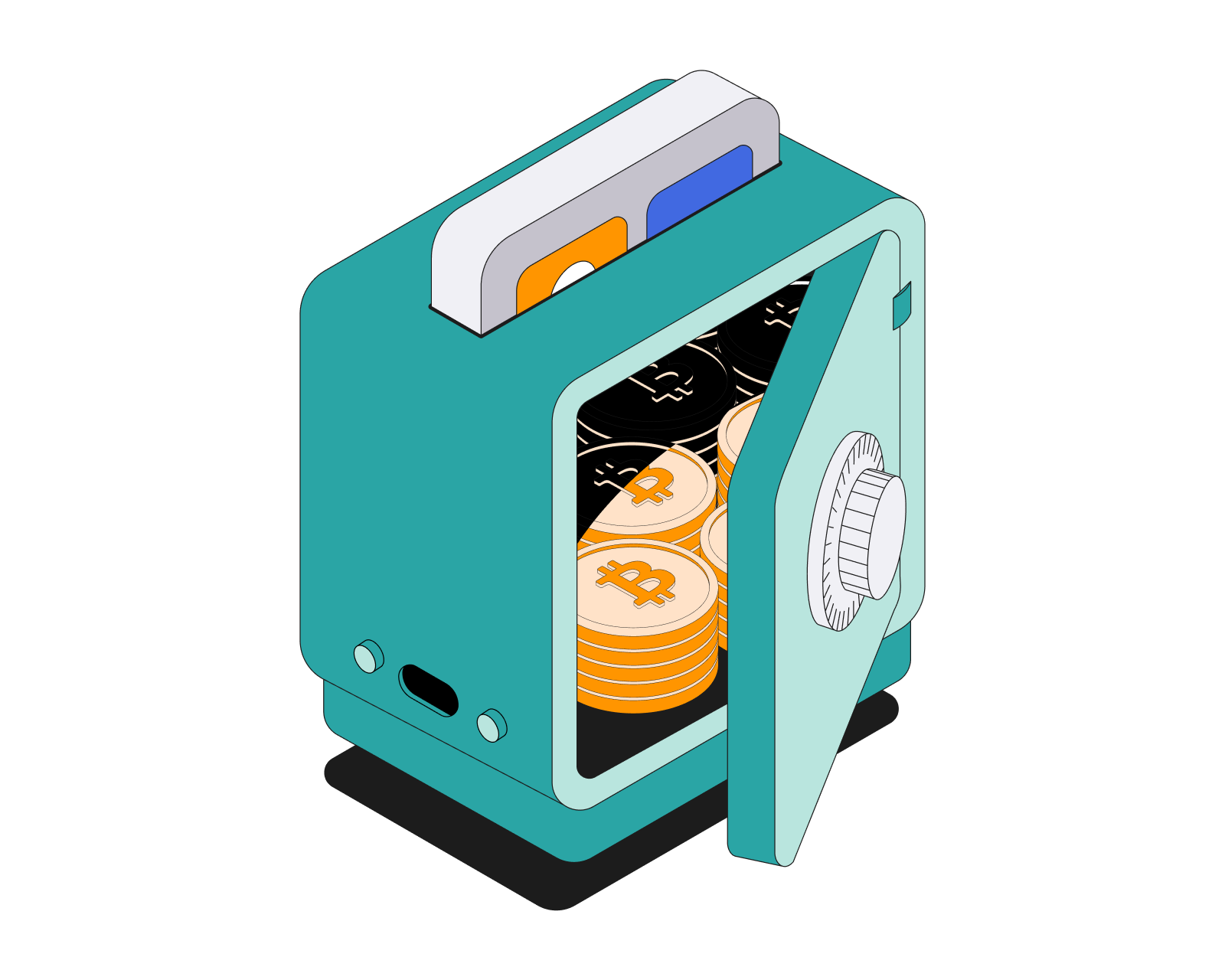
How do I keep my cryptoassets safe?
Make sure your cryptoassets are safe with these simple tips.
Read this article →
How do I keep my cryptoassets safe?
Make sure your cryptoassets are safe with these simple tips.
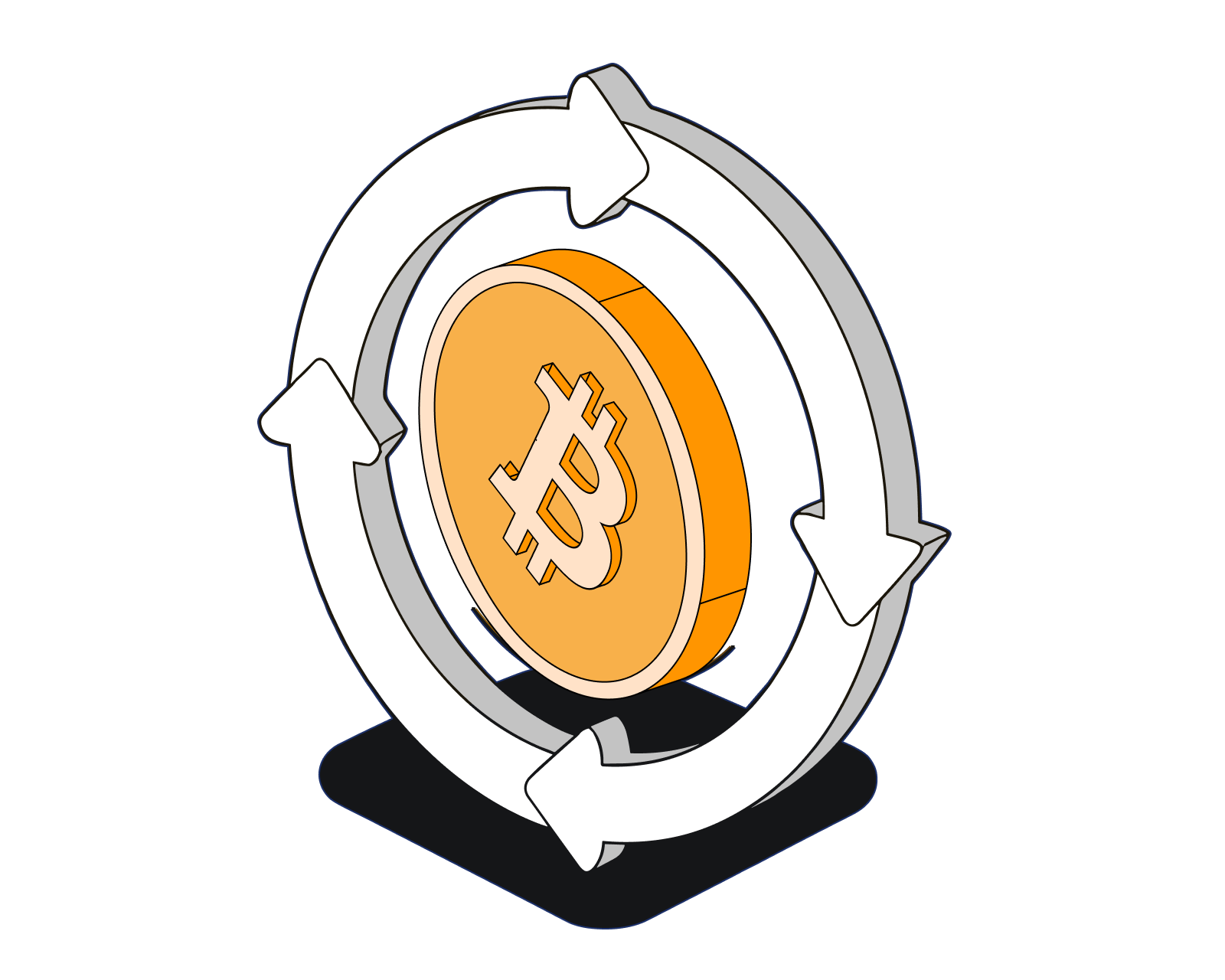
How does bitcoin exchange work?
How safe is it to store your crypto on centralized exchanges?
Read this article →
How does bitcoin exchange work?
How safe is it to store your crypto on centralized exchanges?
STAY AHEAD IN CRYPTO
Stay ahead in crypto with our weekly newsletter delivering the insights that matter most
Weekly crypto news, curated for you
Actionable insights and educational tips
Updates on products fueling economic freedom
No spam. Unsubscribe anytime.
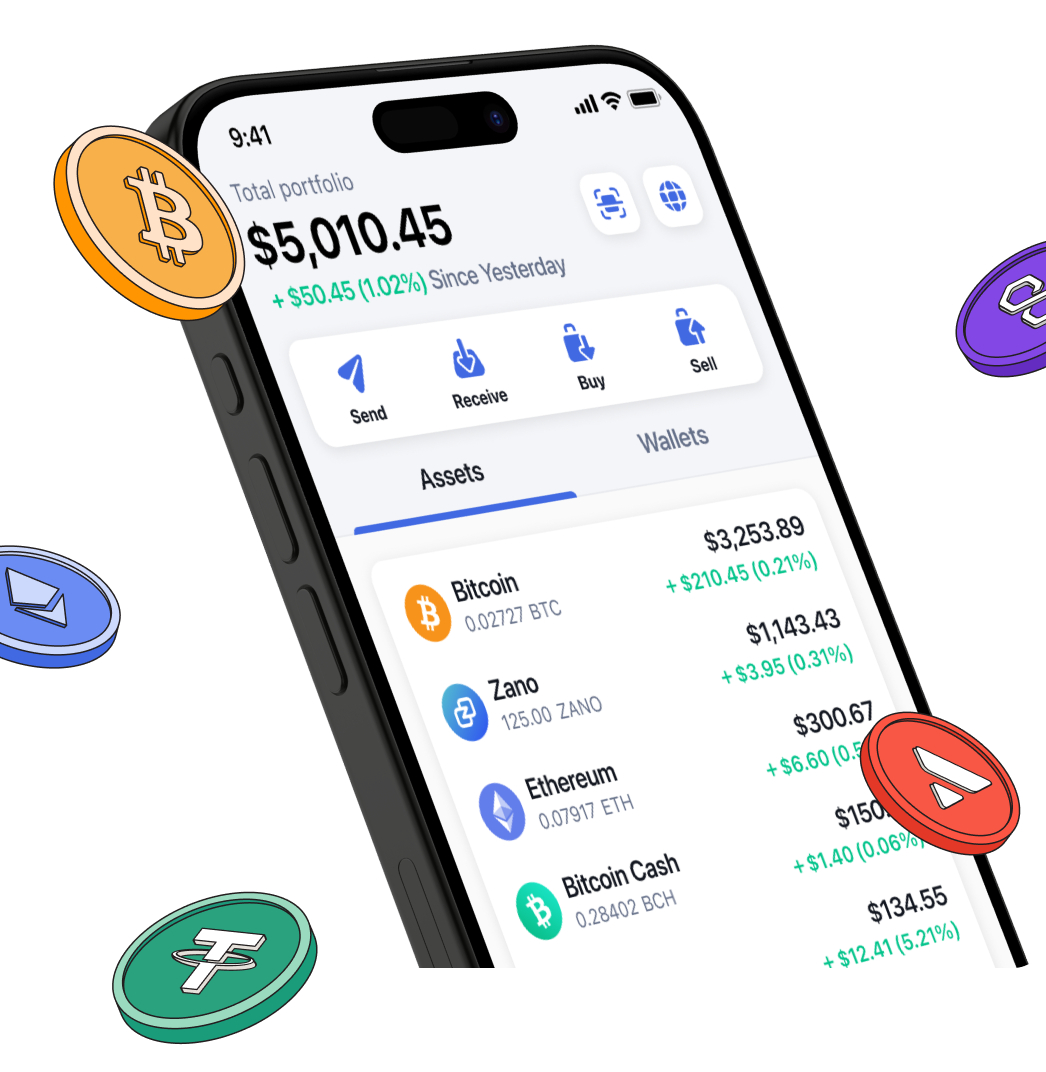
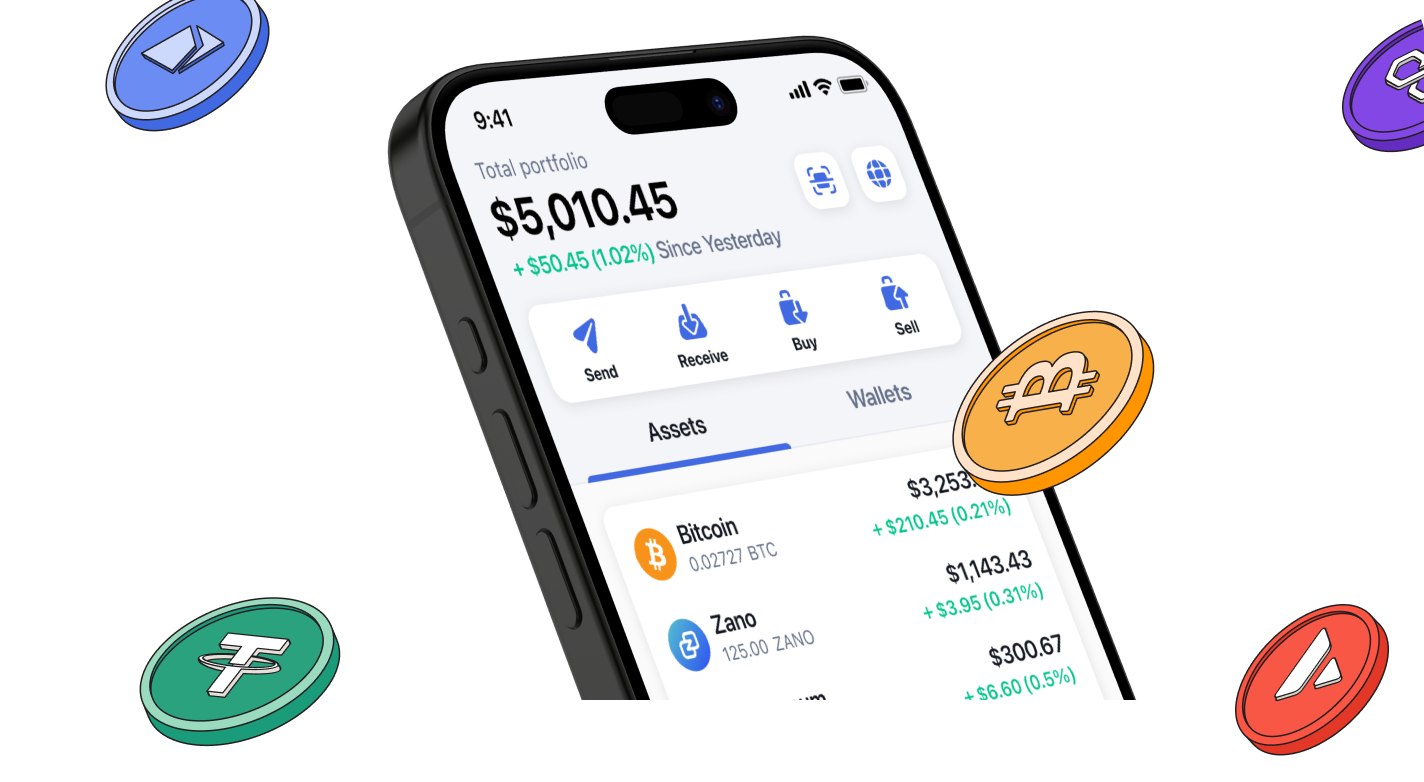
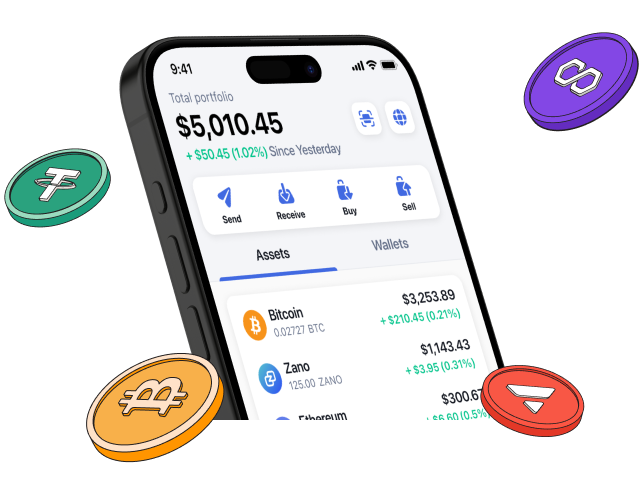
Start investing safely with the Bitcoin.com Wallet
Over wallets created so far
Everything you need to buy, sell, trade, and invest your Bitcoin and cryptocurrency securely

© 2025 Saint Bitts LLC Bitcoin.com. All rights reserved


